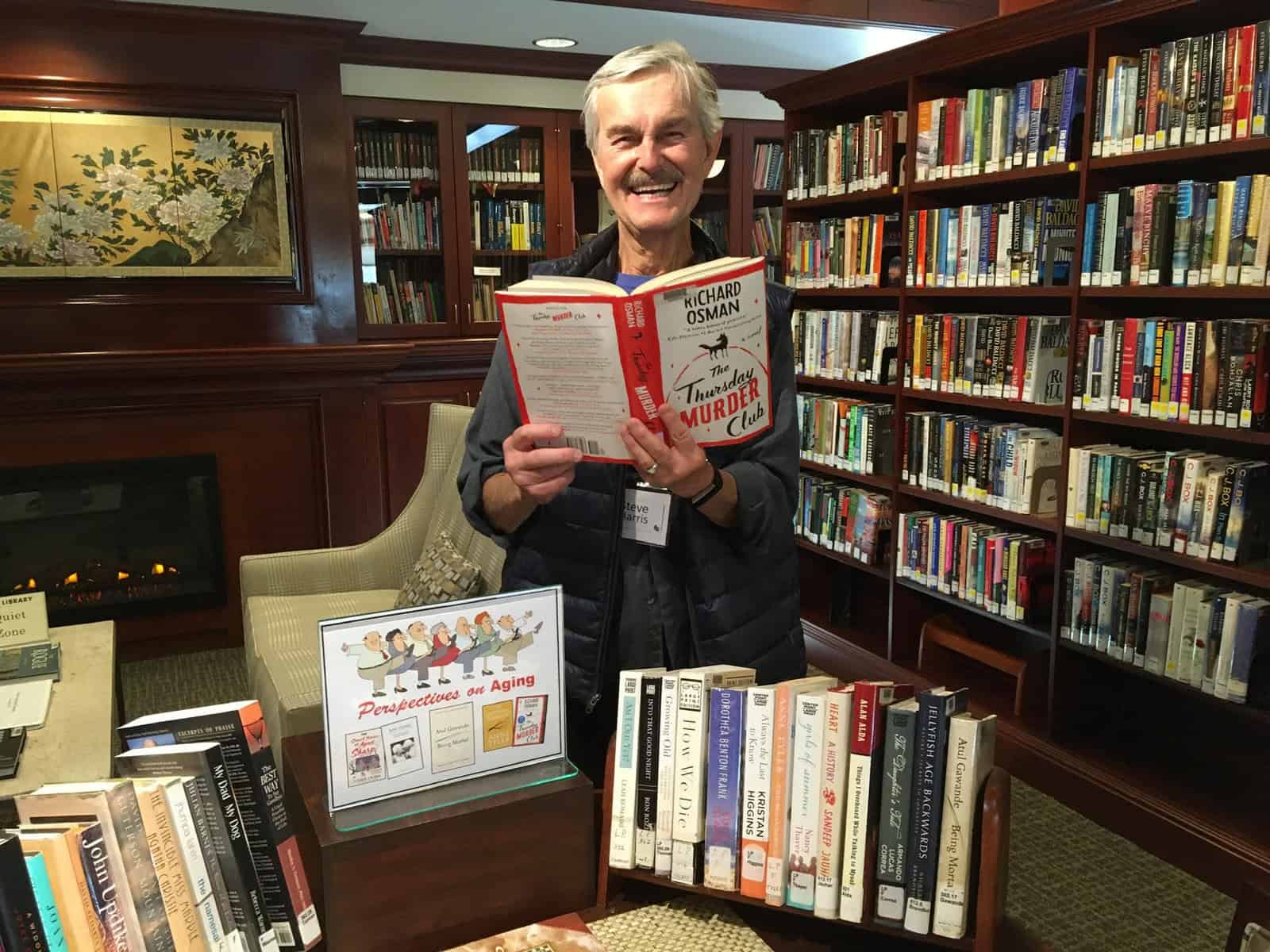Book Review: War Librarian
by Bonnie Tollefson
War Librarian, Addison Armstrong, Thorndike Press, 2022.
Historical Fiction is not my favorite genre, so I resisted reading this book for several months. However, as a retired librarian I finally gave in and am I glad I checked it out!
War Librarian intertwines the stories of Emmaline Balakin and Kathleen Carre. In 1918, Emmaline is working in the dead letter office in Washington DC. World War I is raging in Europe and a letter crosses her desk that moves her to become a volunteer librarian at a hospital in France near the front lines. In 1976, Kathleen is working a dead end job for a dentist while she dreams of attending the United States Naval Academy. Kathleen is selected as member of the very first class to enroll women.
While Emmaline falls in love with a soldier who is a friend from childhood and makes a friend who becomes as close as a sister, she also finds her voice in standing up for what is wrong, be it segregation or censorship. Kathleen finds it a man’s world at the Academy and while losing her beloved Nana who raised her, also finds within herself the strength and determination to make friends, trust others and succeed. While the primary characters in this book are entirely fictional other events and characters are based on fact which the author discusses at the end of the book. Highly recommended even if Historical Fiction is not your favorite.
This book is available from the RVM library in large print.






 The traditional Hawaiian Lei is a necklace — often a long one — of fresh flowers threaded together.
The traditional Hawaiian Lei is a necklace — often a long one — of fresh flowers threaded together.  Leis are commonly incorporated into special occasions such a graduations, weddings or birthdays, office promotions, anniversaries, or any special event. In such cases, honorees may be almost buried in flowers
Leis are commonly incorporated into special occasions such a graduations, weddings or birthdays, office promotions, anniversaries, or any special event. In such cases, honorees may be almost buried in flowers Specific types of leis may be associated with particular events or celebrations,
Specific types of leis may be associated with particular events or celebrations,

